As the air turns crisp and the days grow shorter, many gardeners believe that planting season is over. However, fall is an excellent time to start an herb garden. Cooler temperatures reduce stress on plants, and many herbs thrive in the mild conditions of autumn. Whether you’re growing herbs for cooking, tea, or medicinal purposes, starting a fall herb garden this month can provide fresh, flavorful greens throughout the season and into winter with proper care. This guide will walk you through everything you need to know to successfully start a fall herb garden, from selecting the right herbs to planting, care, and harvesting tips.
Why Start a Fall Herb Garden?
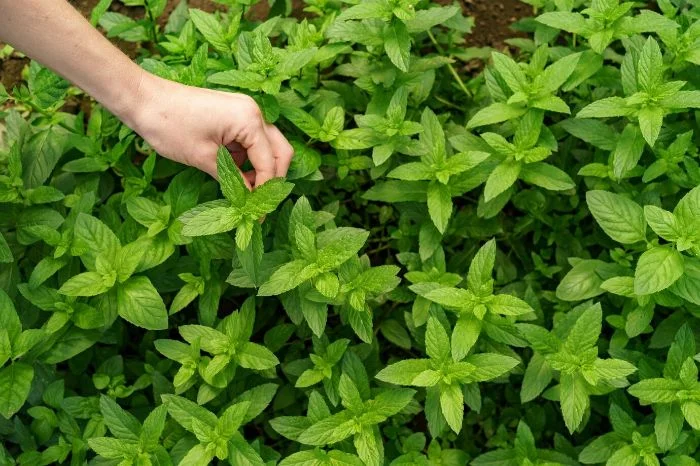
Fall gardening has several advantages over summer planting:
- Cooler Temperatures: Many herbs prefer moderate temperatures, and fall avoids the extreme heat that can cause bolting or stress.
- Extended Growing Season: With proper care and protective measures, herbs planted in fall can continue producing into late winter.
- Reduced Pests: Cooler weather reduces common summer pests, meaning healthier, less-stressed plants.
- Homegrown Flavor: Fresh herbs harvested from your garden taste far superior to store-bought options and enhance your fall and winter recipes.
Starting a fall herb garden is also ideal for gardeners with limited space. Even small containers on a balcony or windowsill can yield a generous supply of herbs.
Choosing the Right Herbs for Fall
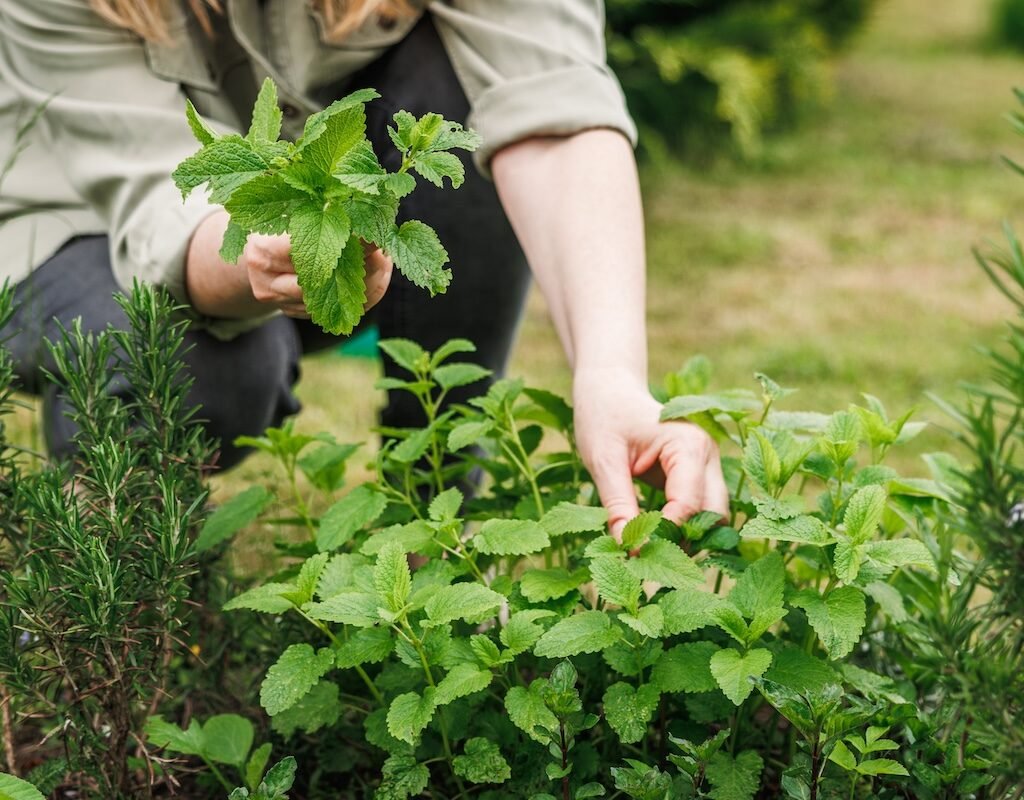
Not all herbs thrive in cooler weather, so selecting the right varieties is essential. Here are some excellent choices for fall planting:
1. Parsley (Petroselinum crispum)
Parsley is a hardy herb that grows well in cooler temperatures. It provides a continuous harvest of vibrant green leaves and is versatile in soups, salads, and sauces.
- Planting Tips: Sow seeds 1/4 inch deep in fertile, well-draining soil. Thin seedlings to 6–8 inches apart.
- Care: Keep soil moist but not waterlogged. Mulching helps protect roots from cooler temperatures.
2. Cilantro (Coriandrum sativum)
Cilantro loves the cool weather of fall and produces flavorful leaves for garnishes and cooking. Its fast-growing nature means you can start harvesting in a few weeks.
- Planting Tips: Sow seeds directly in the garden or containers, 1/4–1/2 inch deep. Space plants about 6–8 inches apart.
- Care: Provide partial sun in warmer regions to prevent bolting. Water regularly for tender leaves.
3. Thyme (Thymus vulgaris)
Thyme is a hardy perennial that thrives in cooler months. Its aromatic leaves enhance soups, roasted dishes, and teas.
- Planting Tips: Plant cuttings or transplants in well-draining soil with full sun exposure. Space plants 12–18 inches apart.
- Care: Water sparingly once established, as thyme prefers slightly dry conditions. Mulch lightly to retain soil warmth.
4. Chives (Allium schoenoprasum)
Chives are a cold-tolerant perennial herb that adds a mild onion flavor to salads, soups, and omelets. They are easy to grow in both containers and garden beds.
- Planting Tips: Sow seeds 1/4 inch deep or divide established clumps. Space plants 8–12 inches apart.
- Care: Keep soil moist and provide at least 4–6 hours of sunlight per day. Harvest regularly to encourage new growth.
5. Rosemary (Rosmarinus officinalis)
Rosemary is a woody perennial that thrives in cool fall conditions if protected from heavy frost. It is perfect for seasoning roasted vegetables, meats, and bread.
- Planting Tips: Plant young rosemary plants in well-draining soil, preferably in containers for easier frost protection.
- Care: Provide full sun and avoid overwatering. Mulch around the base to maintain root temperature.
6. Mint (Mentha spp.)
Mint grows vigorously in cooler weather and is ideal for teas, desserts, and savory dishes. It’s best grown in containers to prevent it from taking over garden beds.
- Planting Tips: Plant mint cuttings or small plants in pots with well-draining soil. Keep pots in a partially shaded area during hot spells.
- Care: Water regularly, but avoid waterlogging. Trim frequently to encourage bushy growth.
Preparing Your Garden for Fall Planting

Proper preparation ensures your fall herb garden thrives. Here’s how to get started:
- Choose the Right Location: Herbs need at least 4–6 hours of sunlight per day. For cooler fall weather, south-facing spots are ideal to maximize sunlight. Containers can be moved to optimize light exposure.
- Prepare the Soil: Use well-draining, fertile soil enriched with compost. Herbs generally prefer slightly alkaline to neutral soil, though specific requirements vary.
- Plan for Frost Protection: As temperatures drop, use row covers, cloches, or cold frames to protect young plants from frost. Containers can be moved indoors or to sheltered areas during extreme cold.
- Select Containers (if needed): For small spaces, pots, raised beds, and window boxes work well. Ensure containers have adequate drainage holes to prevent root rot.
Planting Techniques
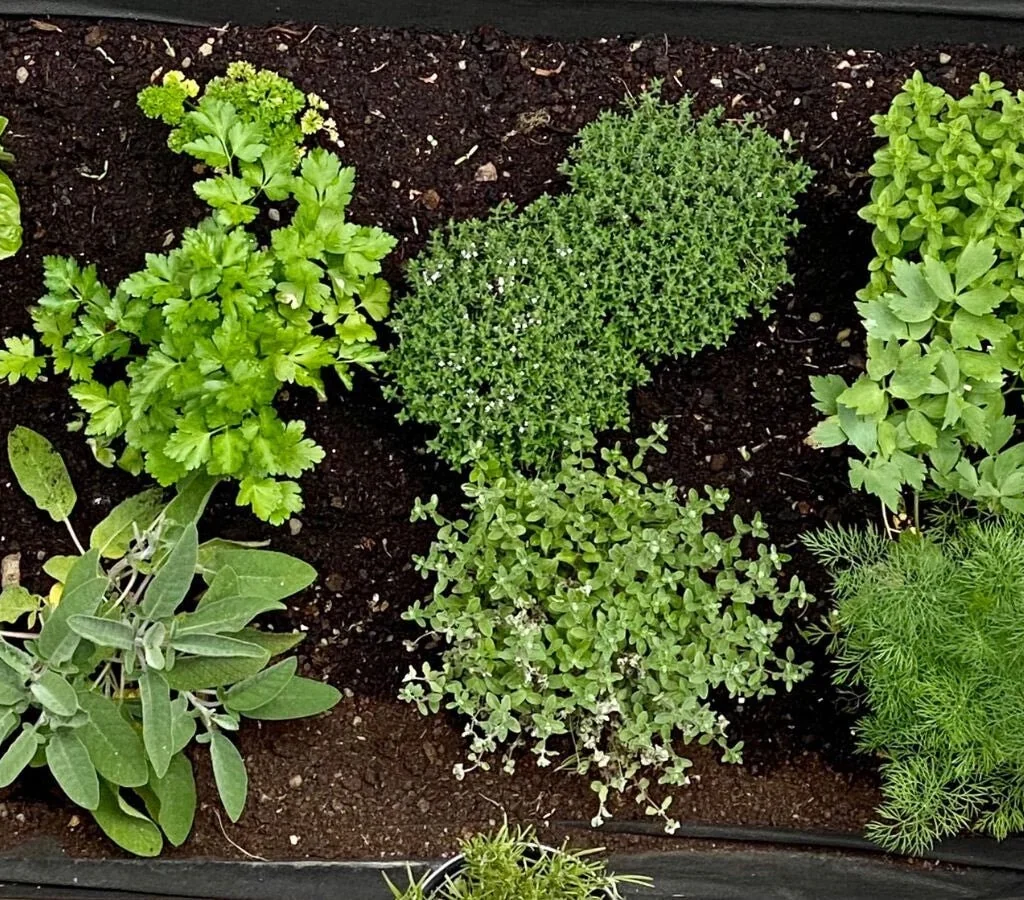
- Direct Sowing: Fast-growing herbs like parsley, cilantro, and chives can be directly sown into the garden or containers.
- Transplants: Slow-growing or perennial herbs like rosemary, thyme, and sage benefit from transplanting established seedlings.
- Spacing: Give each plant enough space to grow without overcrowding, which promotes airflow and reduces disease risk.
- Watering: Herbs need consistent moisture but avoid overwatering, which can lead to root rot. Water early in the day to allow foliage to dry before nightfall.
Maintaining Your Fall Herb Garden
- Mulching: Apply a layer of organic mulch to protect roots from fluctuating temperatures and retain soil moisture.
- Pruning: Regularly trim herbs like mint, thyme, and rosemary to promote bushier growth and prevent woody stems.
- Pest Control: Cooler temperatures reduce most pests, but watch for aphids, slugs, and fungal issues. Use organic solutions like neem oil or diatomaceous earth if needed.
- Fertilization: Use balanced, slow-release fertilizers or compost tea to support growth without promoting excessive leafy growth that may be prone to frost damage.
Harvesting Your Herbs
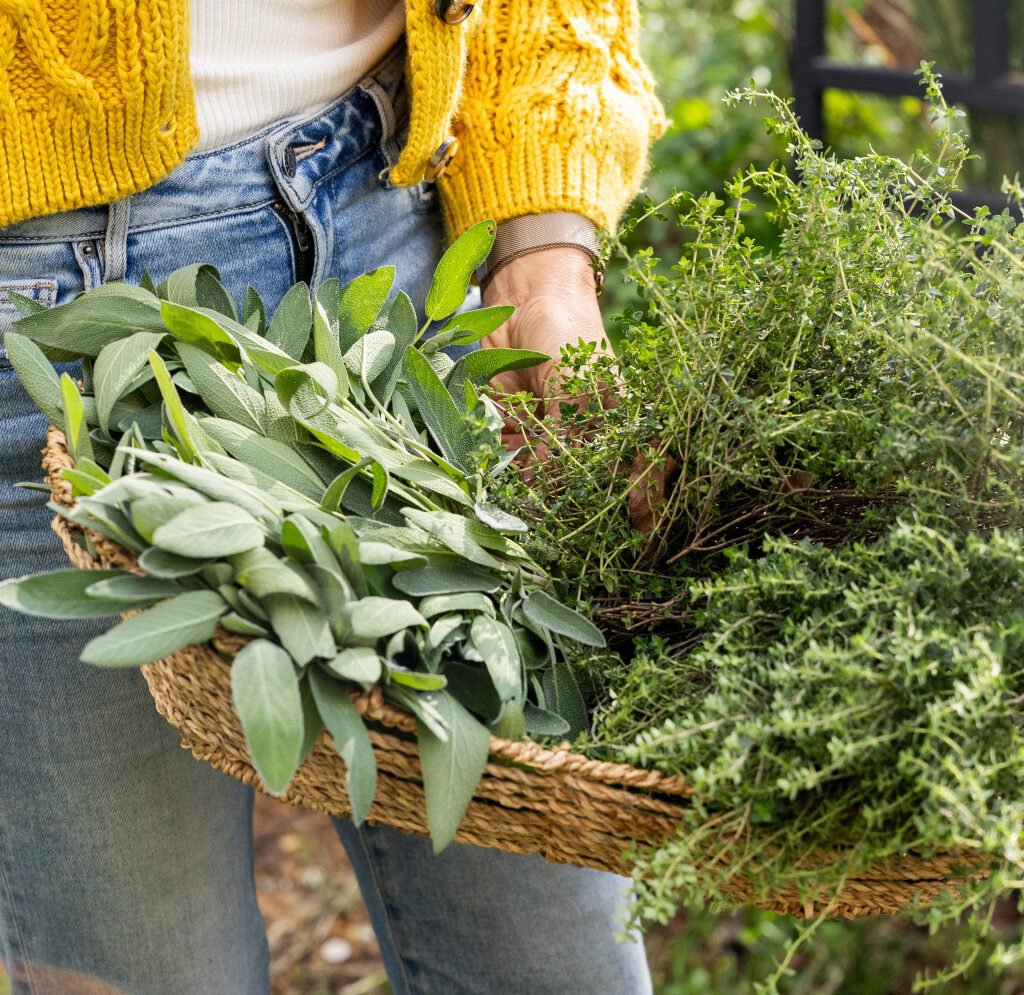
Harvesting at the right time ensures maximum flavor and continued growth:
- Leaves: Pick leaves from tender shoots before flowers appear for the best flavor. Regular harvesting encourages new growth.
- Perennials: Herbs like thyme, rosemary, and chives can be harvested repeatedly throughout the fall.
- Storage: Use fresh herbs immediately, or dry, freeze, or preserve them in oil or vinegar for winter use.
Tips for Extending the Growing Season
- Indoor Transition: Some herbs like parsley and basil can be moved indoors near sunny windows when frost threatens.
- Companion Planting: Planting herbs near vegetables can enhance flavor and deter pests. For example, chives near tomatoes or cilantro near peppers.
- Succession Planting: Planting in intervals ensures a continuous harvest throughout the season.
Conclusion
Starting a fall herb garden this month is an excellent way to extend your gardening season, enjoy fresh flavors, and prepare for winter cooking. By selecting the right cold-tolerant herbs, preparing your soil, and following proper care techniques, you can create a productive and attractive garden that continues to thrive in cooler temperatures.
Parsley, cilantro, thyme, chives, rosemary, and mint are ideal choices for fall planting, offering a combination of ease, flavor, and cold resilience. With thoughtful planning, attention to soil and sunlight, and careful harvesting, your fall herb garden can provide fresh, homegrown herbs for months to come.
Fall gardening is not just about extending the harvest; it’s about cultivating a space that nourishes the body and soul. So grab your seeds, prepare your garden beds or containers, and enjoy the rewarding experience of a flourishing fall herb garden this month.
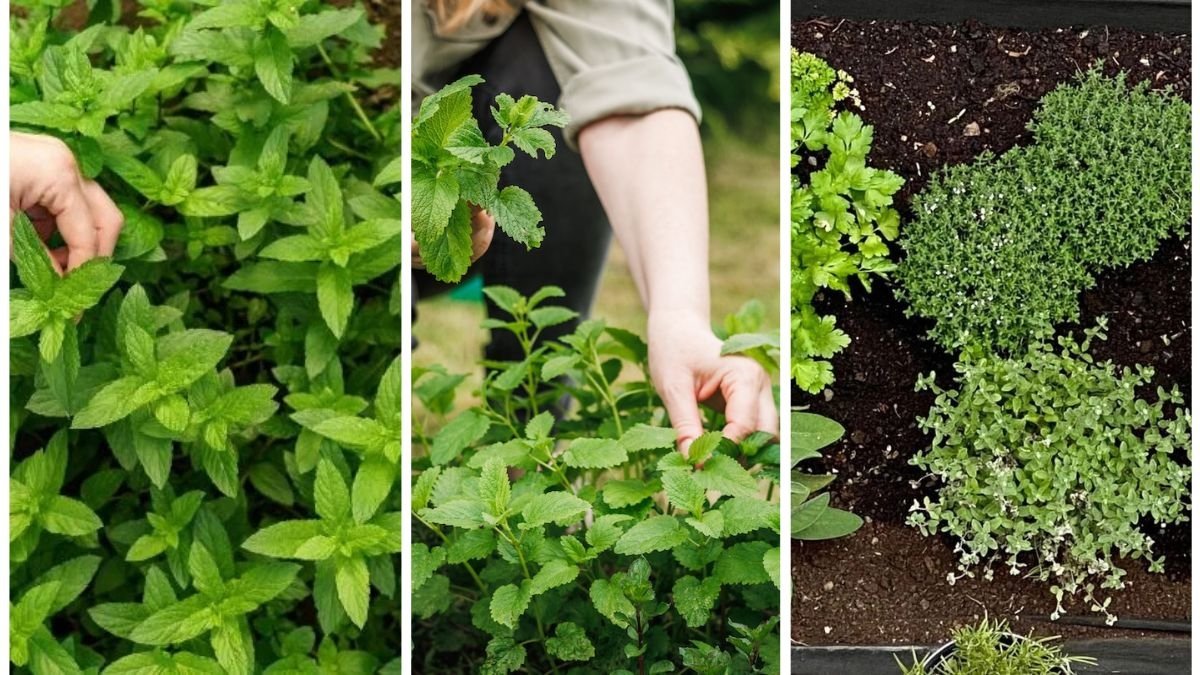
Leave A Comment